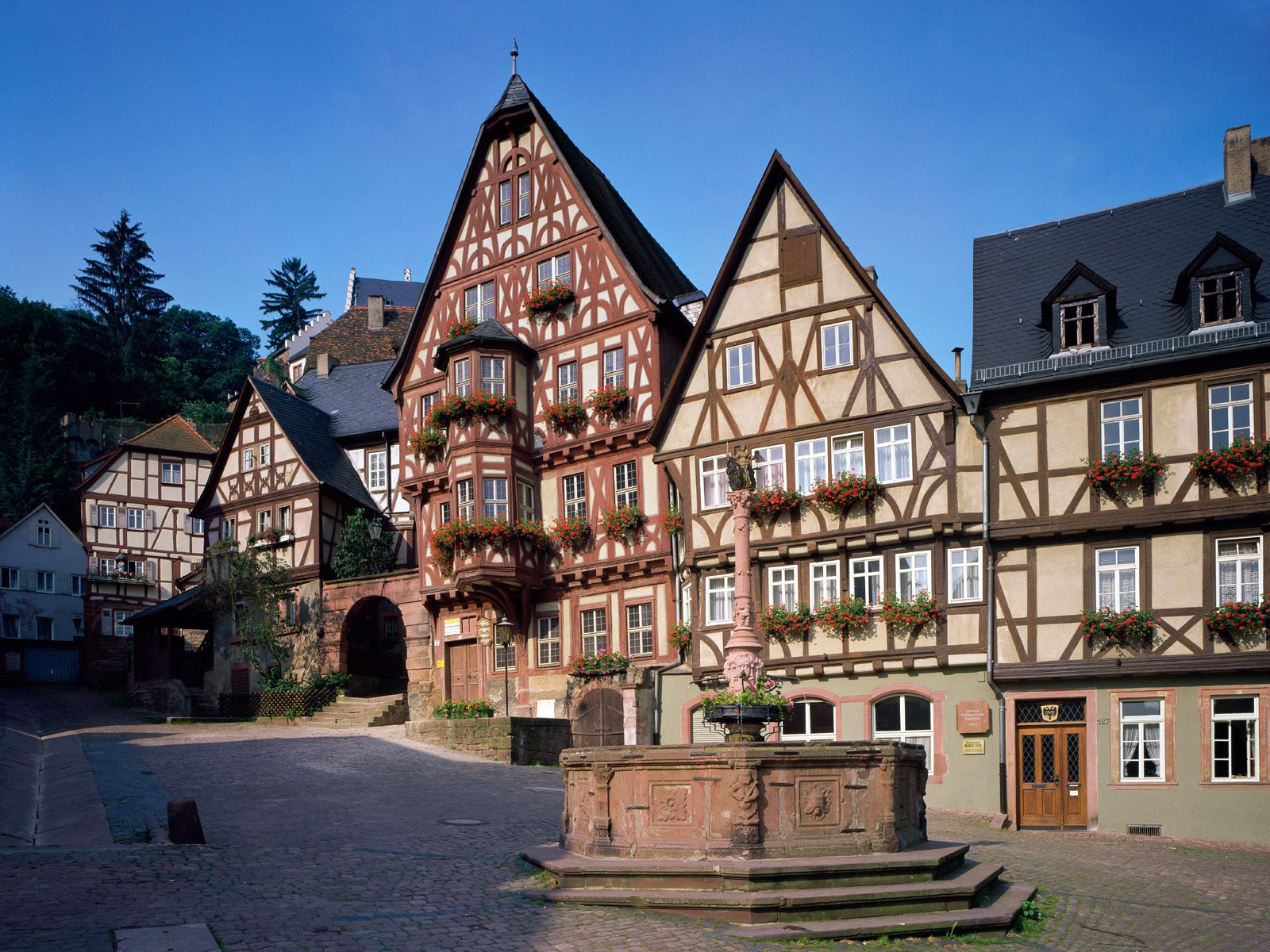Japan Travel
Tokyo’s Tsukiji Market: Seafood Wholesale Attraction
Tokyo’s Tsukiji Market: Seafood Wholesale Attraction
In the heart of Tokyo, a city celebrated for its harmonious blend of tradition and modernity, lies Tsukiji Market—a place where the rhythm of life is dictated by the ebb and flow of the ocean’s bounty. For decades, Tsukiji was not just a market; it was a living, breathing institution that embodied Japan’s profound relationship with the sea. Though the inner wholesale market relocated to Toyosu in 2018, Tsukiji’s legacy endures, continuing to captivate visitors with its vibrant energy, rich history, and unparalleled role in the global seafood trade.
A Historical Anchor
Tsukiji Market’s origins trace back to the Great Kanto Earthquake of 1923, which devastated much of Tokyo, including the former fish market at Nihonbashi. In its aftermath, the market was relocated to the Tsukiji district, where it officially opened in 1935. Over the years, it grew into the largest wholesale seafood market in the world, handling over 2,000 tons of marine products daily. Its name, "Tsukiji," meaning "constructed land," reflects the area’s history—built from reclaimed land along the Sumida River during the Edo period.
The market was divided into two main sections: the inner wholesale market (jōnai shijō), which housed the famed tuna auctions and wholesale transactions, and the outer market (jōgai shijō), a bustling retail area offering everything from fresh seafood to kitchenware and street food. While the inner market has moved, the outer market remains, preserving much of Tsukiji’s iconic charm.
The Tuna Auction: A Spectacle of Precision
At the heart of Tsukiji’s allure was its daily tuna auction—a dramatic, high-stakes event that attracted visitors from around the world. Long before dawn, buyers and inspectors gathered under fluorescent lights to examine rows of frozen tuna, each meticulously graded for quality. Using flashlights and traditional hooks, they assessed the color, texture, and fat content—key indicators of flavor and value.
The auction itself was a symphony of shouted bids and subtle gestures, a centuries-old tradition where millions of yen changed hands in minutes. The highest-grade tuna, often from the waters off northern Japan or as far away as the Atlantic, could fetch astronomical prices. In 2019, a bluefin tuna sold for a record-breaking 333.6 million yen (over $3 million) at Toyosu’s first auction—a testament to the enduring cultural and economic significance of this trade.
For visitors, witnessing the auction was a privilege requiring early arrival and strict adherence to rules: no flash photography, no touching, and no disruption to the business at hand. It was a rare glimpse into a world where tradition and commerce intersected with breathtaking efficiency.
The Outer Market: A Feast for the Senses
While the inner market’s move to Toyosu marked the end of an era, Tsukiji’s outer market continues to thrive. Here, the atmosphere is equally electric, albeit more accessible to the public. Narrow lanes are lined with stalls selling fresh seafood, produce, knives, ceramics, and souvenirs. The air is thick with the scent of the ocean, grilled seafood, and simmering broths.
Food lovers flock to Tsukiji for its legendary sushi and sashimi, often served minutes after the fish is sliced. Renowned shops like Sushi Dai and Daiwa Sushi became institutions, with queues forming hours before opening. Beyond sushi, visitors can sample tamagoyaki (sweet rolled omelets), grilled scallops, uni (sea urchin), and crispy takoyaki (octopus balls). Each bite tells a story of craftsmanship and freshness, a direct link to the market’s wholesale roots.
The outer market also serves as a hub for culinary tools. Knife shops, such as Masamoto and Aritsugu, offer hand-forged blades prized by professional chefs and home cooks alike. These knives, often customized with engraved names, are crafted with the same precision that defines Japanese cuisine.
A Cultural Ecosystem
Tsukiji’s significance extended beyond commerce. It was a microcosm of Japanese society, reflecting values of teamwork, respect, and dedication. The market operated with clockwork precision, thanks to the collaboration of wholesalers, auctioneers, distributors, and transporters—many of whom worked in the market for generations.
The language of Tsukiji was unique, filled with jargon and nonverbal cues developed over decades. Workers navigated the crowded aisles on miniature trucks (turret trucks) with astonishing agility, their movements honed to avoid delays and accidents. This efficiency was not just about profit; it was about honoring the product itself. In a culture where seafood is central to both diet and identity, handling it with care was a matter of pride.

Transition to Toyosu and the Legacy of Tsukiji
The move to Toyosu was driven by necessity. Tsukiji’s infrastructure, designed for a different era, struggled to meet modern standards for hygiene, safety, and capacity. Toyosu offers state-of-the-art facilities, including temperature-controlled environments, advanced logistics, and visitor galleries for the tuna auctions. Yet, for many, the new market lacks the gritty charm and palpable history of Tsukiji.
Despite the relocation, Tsukiji remains a powerful symbol. The outer market continues to draw crowds, while the vacant inner market site is slated for redevelopment, possibly as a transportation hub for the 2020 Olympics. But the spirit of Tsukiji lives on—in the memories of those who worked there, the visitors who experienced its energy, and the chefs who rely on its products.
Why Tsukiji Still Matters
In an age of globalization and automation, Tsukiji represented something timeless: a direct connection between producer and consumer, between nature and culture. It reminded us that food is not merely a commodity but a story—of the fisherman who caught the fish, the auctioneer who sold it, the chef who prepared it, and the diner who enjoyed it.
For travelers, Tsukiji offered more than just a meal or a photo opportunity; it was an immersion into Japanese culture. It taught lessons about sustainability, as concerns over bluefin tuna populations sparked debates about fishing practices. It highlighted the artistry of Japanese cuisine, where the quality of ingredients is paramount. And it showcased the resilience of tradition in a rapidly changing world.
Visiting Tsukiji Today
Today, visitors to Tsukiji can still experience its magic. The outer market buzzes with activity from early morning until afternoon. Travelers can explore the stalls, sample street food, and purchase unique gifts. While the tuna auctions now take place at Toyosu, they remain accessible via reserved tours—allowing the public to witness the continuation of a tradition that began at Tsukiji.
For those seeking a deeper understanding, guided tours provide insights into the market’s history and operations. Many guides are former market workers, sharing personal anecdotes that bring the experience to life.
Conclusion
Tokyo’s Tsukiji Market may have undergone a transformation, but its soul remains intact. It stands as a testament to Japan’s culinary heritage, a place where the past and present coexist in vibrant harmony. As the world continues to evolve, Tsukiji’s legacy endures—a reminder of the beauty and complexity behind something as simple as a piece of fish. In the end, Tsukiji is not just a market; it is a story of passion, precision, and the enduring bond between humans and the sea.
相关文章
- Yamagata’s Zao Onsen: Snow Monster Hot Spring Attraction
- Japan’s Maid Cafés: Akihabara Subculture Attractions
- Okayama’s Okayama Korakuen: Historic Garden Attraction
- Japan’s Horse Racing Tracks: Equestrian Sports Attractions
- Tokyo’s Odaiba Gundam: Anime Icon Attraction
- Japan’s Doll Festivals: Hinamatsuri Attractions
- Kagoshima’s Ibusuki Onsen: Sand Bath Hot Spring Attraction
- Japan’s Table Tennis Clubs: Recreational Attractions
- Kyoto’s Nishiki Market: 400-Year-Old Food Attraction
- Japan’s Camellia Festivals: Winter Flower Attractions
发表评论
评论列表
- 这篇文章还没有收到评论,赶紧来抢沙发吧~


